OBSTETRICS
GYNAECOLOGY & WOMEN'S HEALTH
Uterine Fibroids
Uterine fibroids (or leiomyoma or myoma)are abnormal, noncancerous growths in the uterus. The size of the growth ranges from minute, undetectable-to-the-human-eye proportion to mass, bulky sizes that can enlarge the uterus. In rare cases, the fibroids can extend beyond the uterus and push up to the rib cage, making the patient add weight.
Types of Fibroids
Intramural fibroids - Intramural fibroids are the most common type of fibroid. They appear and grow within the muscular wall of the uterus, and they can grow large and stretch the womb.
Subserosal fibroids - These fibroids grow on the outside of the uterus (the serous cavity), and they can grow large enough to cause pain, put pressure on the organs, and make the womb appear bigger on one side
Submucosal fibroids - These fibroids develop in the middle muscle layer (Omyometrium) of your uterus, just underneath the uterine lining. Submucosal fibroids can put pressure on the uterus cavity and cause heavy bleeding and other more serious complications
Pedunculated fibroids - Pedunculated fibroids are subserosal fibroids that develop a stem or stalk-like support as they grow.
Uterine fibroids are usually caused by hormone changes, genetic changes, and pregnancy. It is prevalent with women of reproductive age, women with a family history of the condition, women who start menstruating at an early age, women who are obese, and women who make unhealthy lifestyle choices.
The common symptoms of uterine fibroids are heavy menstrual bleeding, pelvic pressure or fibroid pain, frequent urination, prolonged menstrual periods - lasting more than a week, constipation, backache or leg pains, and difficulty emptying the bladder.
Many patients don't exhibit symptoms. When they do, the symptoms can be influenced by the size, number, or location of the fibroids. We recommend you come in for diagnosis if you experience any of these conditions:
Sharp or prolonged pelvic pain
Severe vaginal bleeding
Too heavy, prolonged or painful menstruation
Difficulty emptying your bladder
Unexplained low red blood cell count
When you come in, Dr. Cilly may recommend an ultrasound, lab test, magnetic resonance imaging (MRI), hysterosonography, hysterosalpingography, or hysteroscopy. These are different tests to effectively examine and ascertain irregularities in the shape of the uterus in other to detect the presence of fibroids.
Uterine Fibroids Treatment
After diagnosis, Dr. Cilly will recommend best uterine fibroids treatment approach for your circumstance. Medications, noninvasive procedures, minimally invasive procedures, and traditional surgical procedures are options the patient could choose, depending on the severity, symptoms, and personal considerations.
Uterine fibroid surgery options
Hysterectomy
A hysterectomy for fibroids is done to remove the womb. It may be recommended if the fibroids are large, causing severe bleeding, or if the patient does not wish to have any more children.
It is the most effective way of preventing any more growth of fibroids. The procedure can be done with small incisions in the abdomen (laparoscopic hysterectomy) or through the vagina. Read more about the hysterectomy procedure.
Myomectomy
A myomectomy is an alternative to a hysterectomy if the patient still wants to have children. But it may not be suitable for all types of fibroids.
Depending on the size and position of the fibroids, a myomectomy may involve making small incisions in the tummy (keyhole surgery) or a single larger incision (open surgery).
Myomectomies are an effective treatment for fibroids, but sometimes, the fibroids can grow back, and further surgery will be needed.
Hysteroscopic resection of fibroids
Hysteroscopic resection of fibroids is suitable for women who want to have children in the future and involves the use of a thin telescope (hysteroscope) and small surgical instruments to assist with fibroid removal.
The procedure is performed through the vagina, and no incisions are required. If the fibroid tissue is much, several small incisions may be required.
Hysteroscopic morcellation of fibroids
In this procedure, the hysteroscope is inserted into the womb through the cervix, and then a morcellator (a specially designed instrument) is used to cut and remove the fibroid tissue.
The hysteroscope is only inserted once, unlike in the hysteroscopic resection, where the hysteroscope is inserted several times. Hysteroscopic morcellation of fibroids is a preferred option when there are serious complications.

